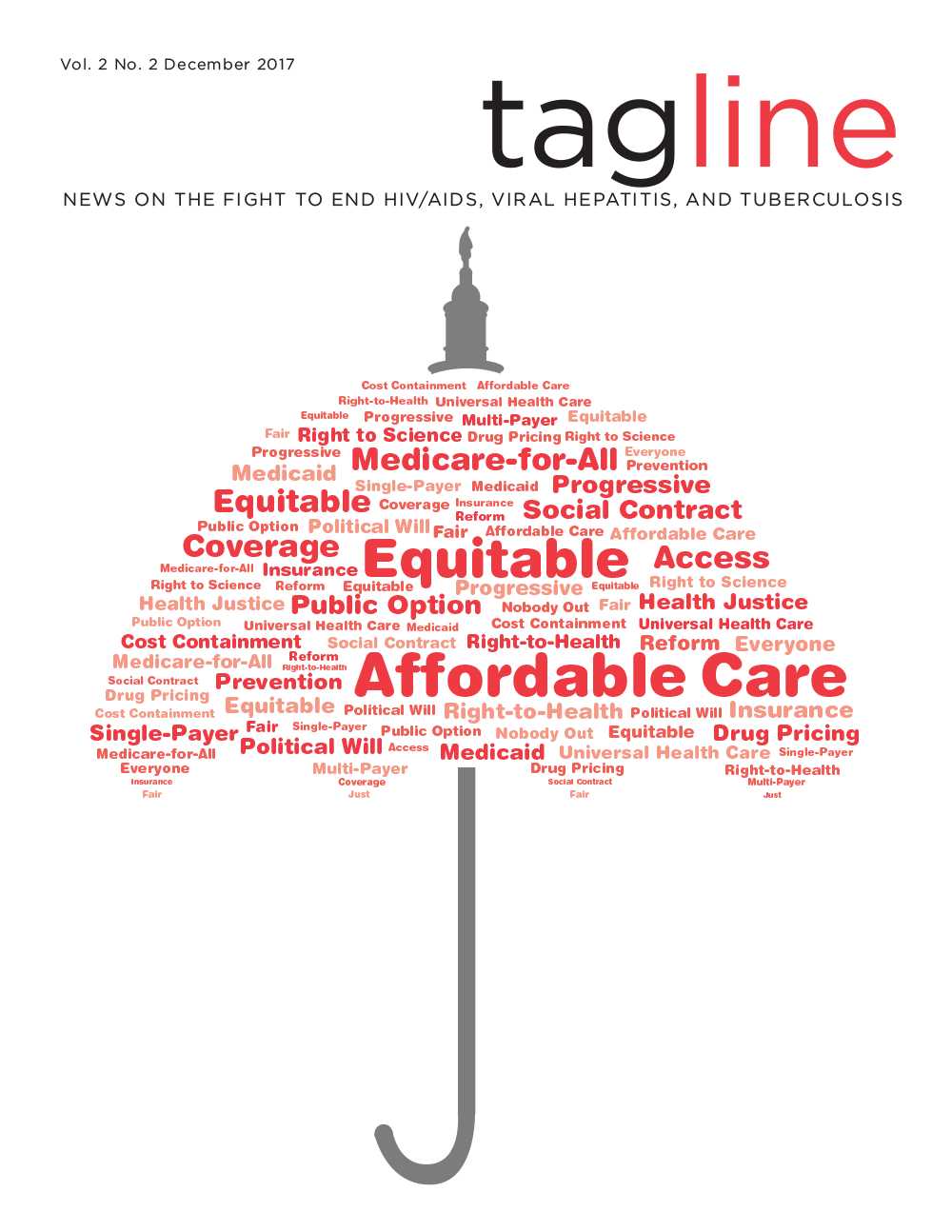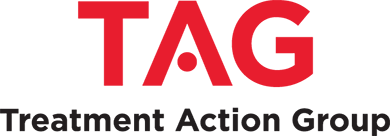By Tim Horn
 Arguments favoring universal health care (UHC) are easy. Achieving political consensus as to the best strategy to achieve this is considerably more vexing. This is particularly true in the U.S., where the Affordable Care Act (ACA) patchwork of legislation and regulations has faced a barrage of executive and legislative attacks since the beginning of the year. And although the ACA and expansion of Medicaid in 32 states represents the closest the U.S. has come to ensuring UHC for its citizenry, it continues to fall short for millions of Americans, meaning that it must be either repaired or replaced with an entirely new system that ensures equitable access to care.
Arguments favoring universal health care (UHC) are easy. Achieving political consensus as to the best strategy to achieve this is considerably more vexing. This is particularly true in the U.S., where the Affordable Care Act (ACA) patchwork of legislation and regulations has faced a barrage of executive and legislative attacks since the beginning of the year. And although the ACA and expansion of Medicaid in 32 states represents the closest the U.S. has come to ensuring UHC for its citizenry, it continues to fall short for millions of Americans, meaning that it must be either repaired or replaced with an entirely new system that ensures equitable access to care.
But what would politically feasible and sustainable UHC look like in the U.S.? As Annette Gaudino elegantly argues in “Coverage Isn’t Care,” it is crucial that health care be seen as a human right and that we avoid the perils of risk-based financing, which continues to stigmatize people living with HIV, tuberculosis, and hepatitis C and further undermines the social contracts necessary for investments necessary to eliminate these three—among many other—global killers.
In “The Long Game for Health Justice,” Suraj Madoori and AIDS Foundation of Chicago’s Maximillian Boykin describe a number of legislative pathways to UHC in the U.S., notably the potential for single-payer health care. A number of Democrats have embraced the idea, either in concept or in support of specific legislation (e.g., the Medicare for All Act of 2017). But single payer is anything but simple. There will be a lot of moving parts requiring input and a tremendous need for robust advocacy to galvanize bipartisan support, all of which will require fierce HIV community mobilization and engagement.
For UHC strategies to be affordable and successful, reining in the high cost of health care—particularly in the U.S., which far surpasses all other countries in health expenditures—is imperative. This very much includes prescription drug costs. Here, too, the U.S. tops all per-capita spending indices.
The potential merits of UHC in efforts to end HIV as an epidemic are also clear. As Richard Jefferys reports, extant research confirms that UHC could contribute to reducing HIV incidence by improving access to proven evidence-based interventions and ancillary services for reducing transmission.
And dovetailing with TAG’s campaign to support community leaders in the Deep South toward HIV/AIDS-epidemic-ending strategies, Jeremiah Johnson and Kenyon Farrow explore the opportunities for maximizing access to care and services in jurisdictions that are heavily affected by the structural drivers of infection and increased mortality, including significant gaps in health care coverage. Importantly, community-led End the Epidemic campaigns in Southern states, counties, and cities aren’t simply about making do with what is available, but mobilizing stakeholders and social justice allies to push for policies that benefit the health care needs of all, not just those living with and vulnerable to HIV.
